“Rural Sustainability is a Prerequisite for Urban Sustainability,” Dr Rajendra Singh

Dr. Rajendra Singh -the Water Man of India needs no introduction. Honoured with the Stockholm Prize in 2015, for reviving the ancient dam technology in the Alwar district of Rajasthan in the 1980s to bring water to 1200 parched villages, Dr. Rajendra Singh has dedicated his entire life to water conservation. Relying on traditional knowledge, local material and the science of common sense, he leveraged community help to rejuvenate nine rivers and restore groundwater levels in Rajasthan.
The Ramon Magsaysay award winner in Hyderabad for a conference, spoke to Sujata C for Daana on the topic of urban-rural linkages, rural reform, permaculture and threats to agriculture. The conversation got off with a few comments on negotiating the long, winding concrete vines of flyovers, metro lines and the chaotic Hyderabad traffic leading to the obvious question of urban sustainability. Here is the edited interview:
On urban sustainability:
“When the villagers are forced to migrate to cities due to helplessness and hopelessness then cities cannot be healthy. Cities depend on agriculture for their food. Their food comes from the villages. If our rural areas are not healthy, the city can’t be healthy. If the rural areas are not sustainable the Indian city can’t be sustainable. If we want our villages to be self reliant, we have to make them sustainable, the water in the village, the soil, the seeds, the hard work of the farmers, everything is included in this. Without the sustainability of our villages, urban sustainability is not possible.
The way our cities are growing with metros, high-rise buildings and heavy traffic, it is not at all sustainable. The basic necessities of a city come from villages and the cost of transporting to the cities these add to the burden of public health. And the pollution that we create in the process, these put a question mark on the way our cities are growing. The public health of the cities is linked to rural health. To correct all these we have to take the route of sustainable development.
On the link between rural reform and permaculture
The meaning of permaculture is to give respect and love for everything that exists in nature. Our love and respect for agriculture will come when we stop using chemical fertilisers, herbicides to cultivate our food. The name permaculture itself means giving respect to nature as it is while growing our food. The viability of permaculture depends on the fact that there is no contract farming done in our country. It should be a contract farming free country. The biggest threat to permaculture comes from contract farming. The trend of corporate farming will not allow permaculture to grow. They will use any term for their farming – chemical free farming, natural farming, zero budget farming, they will come up with a thousand names, but in reality they will be doing business. This will be very dangerous for our agriculture.
Agriculture is the foundation of Indian life. It is not a business. It is our cultural heritage, our ‘sanskriti’, it is not our business. Agriculture is the bridge between nature and the needs of human lives. Contract farming and corporate farming is going to break this bridge, because the stakeholders will only be interested in profits. They will not be interested in the culture that envelops agriculture. There will be no love for agriculture in contract farming. Those involved will want to grow stuff that brings in more money.
On the culture of agriculture:
It is my belief that if we are talking about agriculture, we have to examine its foundational principle. We have to examine our soil, our ‘bhoo sanskriti,’ its diversity and its potential to grow food that is good for us, good for the soil and the earth. When my soil health, my water health and the health of my land is good, then I will be good. To keep this chain of good health active, permaculture is the entry point, he concludes.
Viewed in the context of the farmers’ march, the intuitive advice from Dr. Rajendra Singh can tackle present day farmers’ woes and will continue to remain relevant in the times to come.



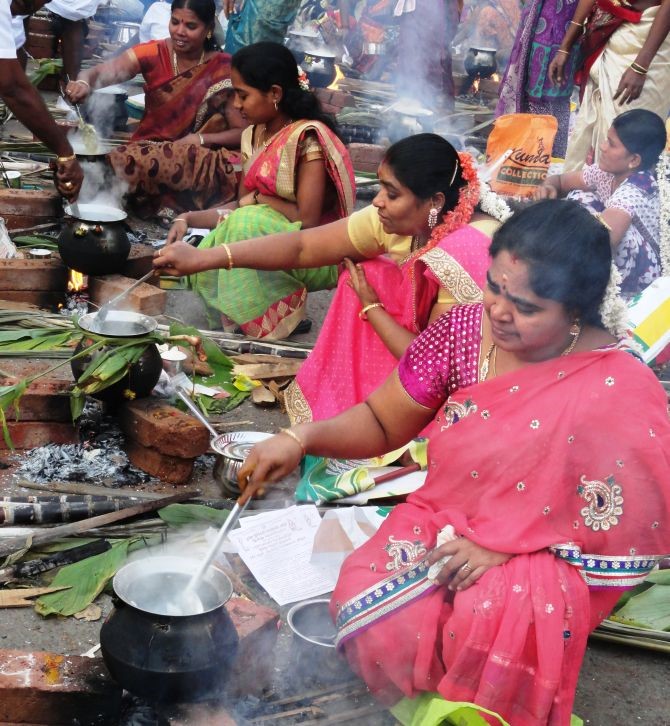
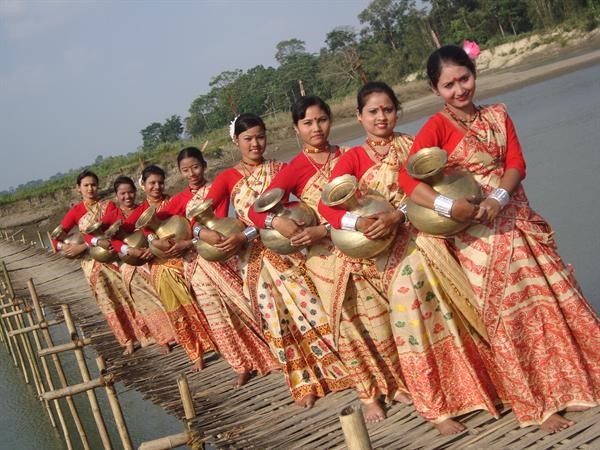



 National Geographic came up with a really compelling set of pictures that document the scale of plastic pollution in our world today. Check it out
National Geographic came up with a really compelling set of pictures that document the scale of plastic pollution in our world today. Check it out  Here is a good article that highlights the need for water conservation, and provides some tips on how to intervene:
Here is a good article that highlights the need for water conservation, and provides some tips on how to intervene: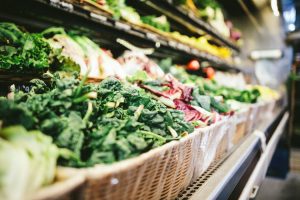 One of our articles focused on how we can
One of our articles focused on how we can 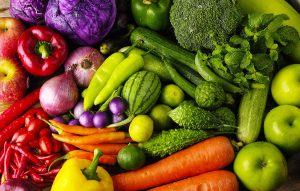 Organic food is grown without the use of chemical fertilizers and pesticides. Fertilizers and pesticides are petrochemicals that need tremendous amounts of energy and investment to manufacture, and apply on farms. (Such as the extraction of petroleum, refining, manufacturing, and then in storage and transportation)
Organic food is grown without the use of chemical fertilizers and pesticides. Fertilizers and pesticides are petrochemicals that need tremendous amounts of energy and investment to manufacture, and apply on farms. (Such as the extraction of petroleum, refining, manufacturing, and then in storage and transportation)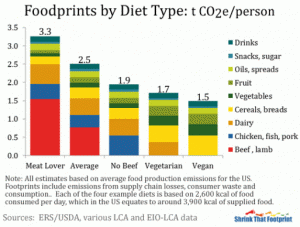
 The more distance food has to travel to your house, the more “food miles” it has. Choose foods that have fewer miles than more. When you buy food that was grown/manufactured far away, it requires energy to store, and transport to get to your home. If it is refrigerated/frozen food, even more.
The more distance food has to travel to your house, the more “food miles” it has. Choose foods that have fewer miles than more. When you buy food that was grown/manufactured far away, it requires energy to store, and transport to get to your home. If it is refrigerated/frozen food, even more. It takes an immense manufacturing industry (read resources of energy, water, land, and leftover polluted air/land/water) to package the food in these containers and ship them to you.
It takes an immense manufacturing industry (read resources of energy, water, land, and leftover polluted air/land/water) to package the food in these containers and ship them to you.